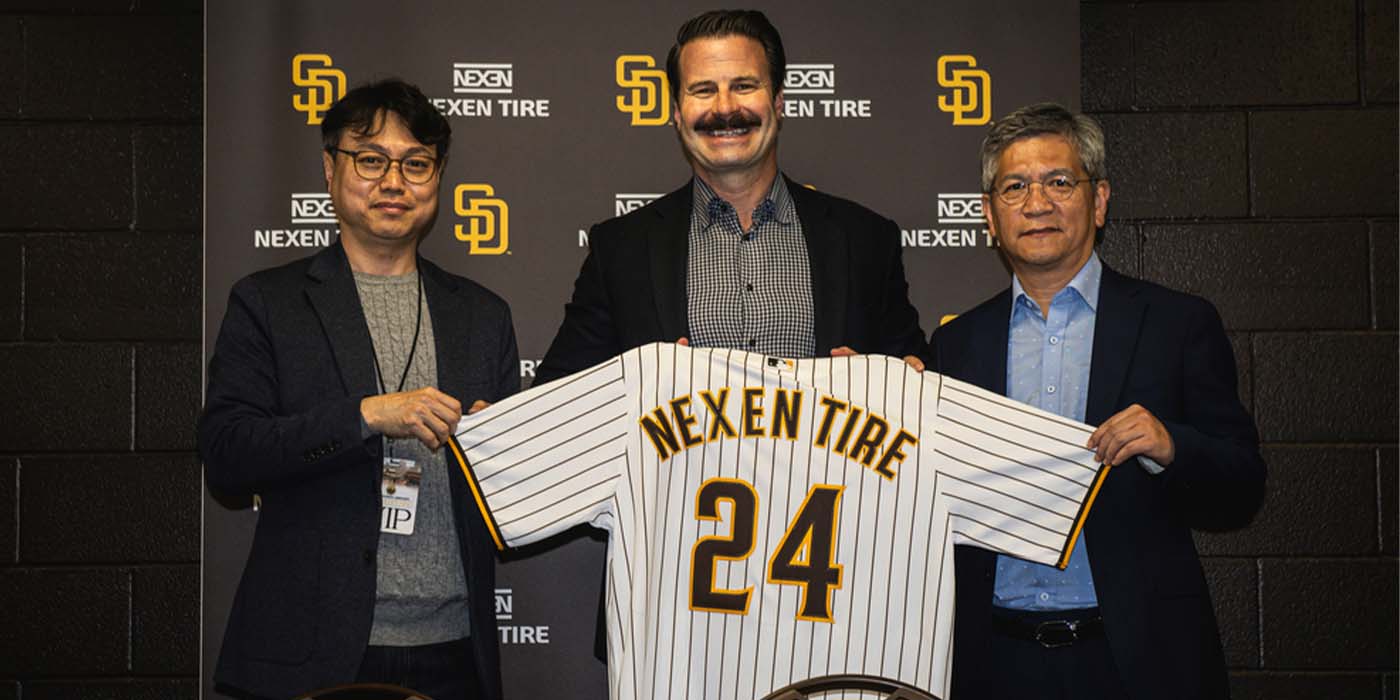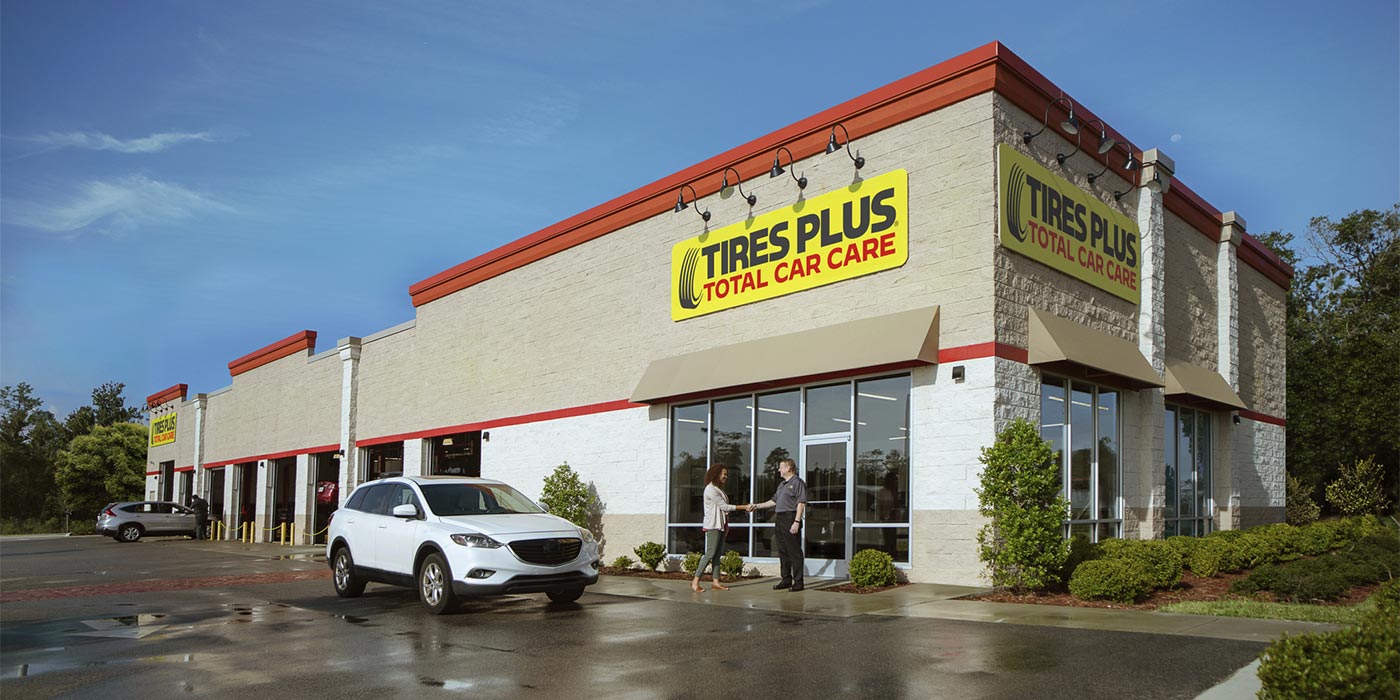If you aren’t doing it already or want to do it better, here’s how smart tire dealers can leverage the Internet.
But, first, a preface. The number of new Internet users has slowed, while the number of disconnected Americans – those who have never used the Internet and do not have Internet connections – has remained about the same since 2002.
Called the ‘hard-core offline,’ this group represents one in five American adults, mostly over age 65 and less educated than the general population.
They either aren’t interested in the technology or have no access to it (cost of computers and Internet access) and generally do not feel as though they are missing anything.
While the number of disconnected Americans has remained steady, the number of homes, businesses and individuals active in the wired world has increased. Today, more than 75% of Americans have some form of Internet access.
Let’s be plain. Small businesses are part of a large, diverse market. But, in today’s world, they need Web sites, even if only for simple marketing purposes. They generally don’t need to be giant, online catalogs, like Amazon.com.
Many people assert that all small businesses should and will become e-businesses, doing most their selling, communication and computing over the Internet. They see an enormous, almost untapped market bursting forth.
Others don’t see broad adoption of the Internet by small businesses and view the notoriously fragmented nature of this market and reluctance to spend as reasons why there’s no money to be made online.
A Gray Area
Both of these extreme views are mistaken. The issue is not black and white. Internet involvement, for a small business such as an independent tire dealer, is more of a gray area. Go too far, and you’ve wasted money and resources. Don’t go far enough, and you’ve lost an opportunity to tap into a profitable customer base.
Will all businesses become e-businesses? Hardly. Much of what has been written is based on a flawed notion – the belief that the natural evolution for a business is to start with a simple Internet account, a little e-mail and some Web surfing, then add a Web site and finally reach the ultimate goal of e-commerce selling on the Web and e-CRM (keeping databases about customers and interacting with them). This philosophy views e-mail and basic Web sites as mere stops along the way to something e-greater.
When you look at big businesses, you can see that almost all of them are embracing the Internet in many different ways. For example, some businesses regularly notify customers of shipments by e-mail. Offering these services makes a business appear to be high tech, but in most cases, the actual physical processes haven’t changed a bit.
A small business that only handles a few transactions a week may find it hard to justify such an elaborate system. Most small businesses cannot afford to dedicate the people and time necessary to craft new e-processes and implement major changes to how they work.
Big businesses use the Web to replace store visits or live customer service. For instance, Sears has built virtual fitting rooms to sell clothes. Amazon.com enables shoppers to click through the pages of a book before buying. New methods make it easier for customers to return merchandise, and installing better computer networks helps manage promotions and inventory across store chains.
Target, for example, tests a wide selection of colors for a given fashion on its Web site before introducing the more popular colors to stores. Some retailers provide their sales staffs with wireless tablet computers to carry around while assisting customers.
Know Your Limits
A percentage of small businesses are clearly willing and able to spend large sums of money to use the Internet to build relationships with customers. For most, though, Web sites have basic, informational purposes. Serving as large, online catalogs, complete with credit-card transactions, is not their purpose.
Basic Web sites are becoming a core part of the marketing mix for many small businesses. Business owners know they need Web sites, even if they are not sure exactly why. Plus, the cost of a simple Web site fits well in the marketing budget of most small businesses.
While many independent tire dealers are ready to take advantage of the Internet and spend sums to do it, they are only willing to put money towards things that fit their current business models and are truly helpful to them. The next big, flashy ‘must haves’ are generally too disruptive and of little real benefit to already successful businesses that have weekly payrolls to meet.
When looking at the actual numbers of small businesses, you can see just how few tire dealers might fit the complete e-business mold. Only a small fraction of small businesses are catalog retailers, for example. Many businesses have too few customers with too many special needs or have too little direct contact with customers to justify an e-commerce system. Some have unique, service-oriented products – like tires, wheels and vehicle service – that can be difficult to sell via the Internet.
In many sectors, even big business is shying away from an e-commerce model. Many are now more concerned with being found in search engines and directories and spend countless thousands buying ‘keywords’ so that consumers searching for information on “tire care” will trip over their Web site. They will readily spend more money to be listed at the top of search results than they spent on the actual Web site itself.
Overall, many small businesses – like tire dealers – are willing to try anything that sounds reasonable and isn’t a permanent commitment or too expensive. Setting up a Web site is in that category. Switching to e-commerce, e-CRM or e-backoffice is not. The time commitment and operational changes required are too severe, while the benefits are harder to recognize.
Small businesses are part of an extensive and varied market and have shown they will spend money on things that Web sites and other Internet technologies can provide. Those that will dive fully into e-business will hire professional Web masters who will buy and implement best-of-breed professional systems. But, for the near future, there will be few of those.
Like other forms of marketing and customer relations, Web sites can be effective. They are good for reaching new customers, supporting current ones and reducing costs of responding to other types of inquiries, such as phone questions. The key issue for tire dealers is whether they are investing in an Internet presence or merely spending money.
The Right Path
So, how do you – the independent tire dealer – capitalize on the tools the Internet offers without breaking the bank or getting in over your head? How do you select the right tools at all? Do you need an online store? A basic Web site? Should you be using e-mail marketing? It’s easy to get lost in a sea of clamoring vendors, all trying to sell you the latest e-widgets and e-gadgets. How do you know which tools to use?
The answer lies in focusing on the purpose of your Internet strategy. If your product eventually finds its way into the hands of retail customers, the Internet is first and foremost a relationship marketing tool. Once you understand that, picking the right add-ons is easy.
The Internet’s purpose for retail businesses has always been crystal clear: relationship marketing. That means keeping in touch with potential and existing customers by providing useful information, thereby increasing the chances they’ll buy from you again.
With its combination of fast communications and low cost, the Internet is the ultimate relationship marketing tool. The best use of your money, time and strategic efforts is to build a site that helps you create relationships with each client. Period.
So, how do you do that? Start with the Big Three:
• A standard, basic Web site with good old-fashioned information;
• E-mail, which is still the most-used, most understood medium on the Internet;
• E-commerce, which can be problematic but a cash cow if you can make it work.
Sometimes the oldest method is the best. Even without any interactive features, a simple Web site that delivers timely, useful content to site visitors can do a lot to build relationships with your customers. Add something as simple as an e-mail link and newsletter signup, and you provide the means for a direct conversation with your customers.
Standard sites are inexpensive, easy to maintain and easy to grow later on. You can start with something really simple – a site that provides only the name of your store, directions and a few tire-care tips. You can always add more information later.
If you have a bigger budget, you can include online newsletters or a catalog signup, a ‘Frequently Asked Questions’ page and a host of other features that let you show your customers why you’re a better choice than your competition.
Just look out for the ‘cheese factor.’ If you build a standard site, keep it professional, cleanly designed and fact laden. Be sure to keep your site up to date. Nothing kills a site faster than dated, inaccurate information.
And, measure results. Even the cheapest hosting package will provide you with basic Web site traffic statistics. Those stats are a gold mine of information about what piques your audience’s interest. Even better, get in touch with your users. Put a simple survey form on your site and ask what they like, don’t like, or would like to see added to your Web site. Nothing strengthens customer loyalty faster than letting them know you listen.
What about costs? A domain name costs anywhere from $8 to $35 a year, a Web site runs about $10 to $100 a month for hosting and special placement in a targeted directory can cost about $1,000 a year.
You can build a standard site for just about any amount of money – from a few hundred dollars to great gobs of cash. Just remember to keep your expectations within your budget. If you have $1,000 to spend, keep your site simple and elegant, and you’ll get a better response than if you go for more features at cut-rate prices.
Let’s look at a small retailer with a small budget – say $1,500. A simple, 15-page site can include an order request form. Instead of entering credit-card information online, customers enter their contact information, select the products they want and send the order directly to the retailer’s e-mail box. The retailer then calls back. Result? Orders within a week of the site’s launch and steadily rising traffic.
E-Relationship
E-mail gets a bad rap these days, mostly because spammers flood mailboxes with deceptive junk. But, when used correctly, e-mail can be an effective message tool that customers will look forward to receiving.
A regular e-mail newsletter is even cheaper to manage than a Web site, and it drives customers back to your Web site or your store with timely information. If you have a big promotion coming up, e-mail means you don’t have to wait for someone to happen by your Web site to see the news. And, you can be assured that virtually everyone who uses the Internet also uses e-mail.
If you deal with customers on a daily basis, just ask them if they’d like to receive an e-mail newsletter or special e-coupons regularly. If you have a Web site, let them sign up there. As long as you’re honest, verify that customers really want to receive e-mail and provide an easy way to ‘opt out,’ an e-mail newsletter or coupon push are great ways to promote your business.
Here are a few tips for making the most of e-mail newsletters:
• Keep your messages simple and short – no more than a few paragraphs. And, keep graphics to a minimum.
• Measurement is important. Even the simplest programs for conducting e-mail campaigns allow you to check traffic statistics on your site immediately before and after you send your e-mail. If traffic leaps, the e-mail was effective. If it doesn’t, try changing the message, look or content the next time you send it out.
Above all, use the Internet to promote your ‘brick-and-mortar’ retail store. You may want to send regular newsletters, monthly e-mail specials, calendar of events and postcards to current and potential customers. In general, the more information you collect, the greater the impact of your marketing efforts.
Put an e-mail sign-up sheet at the front counter. Many walk-in visitors would love to receive exclusive promotions, discounts or special offers but will forget to sign up if you require them to visit your Web site when they return home.
Restaurants often use the fishbowl approach. They ask customers to drop a business card into a fishbowl to win a prize. If you offer a good incentive – perhaps a free tire rotation or service check-up – customers won’t think twice about giving you their information.
Include a tell-a-friend option on your Web site and e-mail promotions. Word-of-mouth advertising is one of the most valuable customer-acquisition methods. It can have a powerful domino effect. Ask your Web designer to include a program on your Web site, or create your own refer-a-friend service.
E-Commerce
E-commerce means a lot of things – from selling products to auctioning off overstock items. You can process credit cards in real time and ship items automatically. Or, you can verify credit cards by hand and ship items one at a time. E-commerce can help you sell when customers are far away, your product is unusual or if you just want to provide another purchasing option.
E-commerce can also reduce selling costs, make life easier for your customers and help you sell more. Done wrong, however, and e-commerce can suck the money out your company faster than a black hole.
So, how do you do it right? First, don’t jump into it. E-commerce is not software you install or simply a Web site you launch; it’s a total business process that requires a solid strategy and outstanding execution. It should always be the last thing you do, after you’ve already established a standard Web site and e-mail capability.
In other words, make sure you’re using the Internet to drive customers to your real-live, ‘brick and mortar’ dealership first. Use the ‘Net to complement, not replace, your core business. Once you have mastered that apsect of leveraging the Internet, then you can consider expansion.
Remember that, and you are well on your way to going live.













